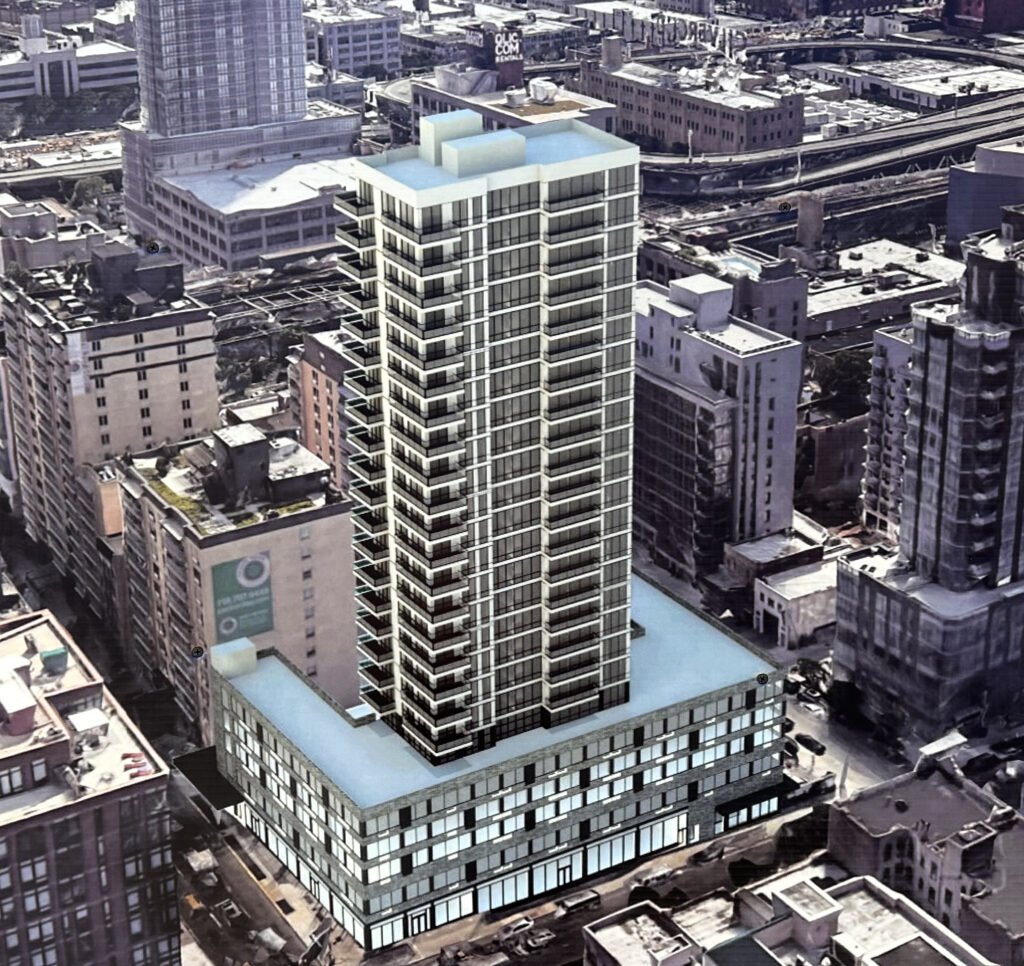Hidden inside New York City’s skyscrapers and low-rises are architectural gems carefully protected and preserved by dedicated patrons. A new book, “Interior Landmarks: Treasures of New York,” aims to raise awareness of these spaces and encourage appreciation for their art and design by offering a glimpse at 46 spaces recognized by the Landmarks Preservation Commission.
“As lovely as they look in the photographs, there’s nothing like standing inside a spectacular interior and experiencing it in person,” said Judith Gera, who co-authored the book with Kate Wood.
Conveniently, all interior landmarks are required by the city to be publicly available.
Here are a few of the book’s selections that can be seen with a quick trip around Manhattan:
City Hall
Broadway and Murray streets
Completed in 1811, City Hall is one of the first municipal buildings in the country and the oldest interior landmark in New York. It retains its original Federal-style exterior, but is filled with European decor that honors the United States’ Revolutionary War supporters. Sightseers can observe its double-height, domed ceiling, Corinthian columns and ornate filigree in free tours offered by the city. While visiting, it may be convenient to check out other mentions in “Interior Landmarks," including the Tweed Courthouse, finished in 1881, and the City Hall train station completed in 1904.
Old Merchant’s House
24 E. Fourth St.
The Old Merchant’s House, also known as the Seabury Tredwell House, was constructed in 1832 near Astor Place, which was also popular back then. The Federal-style row house is now a museum, which displays the original Greek Revival interiors of the city’s only remaining single-family residence from its time. The home spans three-and-a-half floors and retains original furnishings, such as a bronze chandelier, antique wall-to-wall carpeting and brass finishings.
Park Avenue Armory
643 Park Ave.
Few New York City sights will satisfy the cravings of Civil War buffs more than the Upper East Side’s Park Avenue, or Seventh Regiment, Armory. The massive structure was built in 1881 for the New York State National Guard to house and entertain its veterans. Work on the interior continued over the next century, including in the Wade Thompson Drill Hall performance space and the wood-filled, Renaissance Revival-style Company D area created in 1880.
New Amsterdam Theatre
214 W. 42nd St.
Theater enthusiasts will be amazed by the ornate interiors of the New Amsterdam Theatre. The Times Square space opened in 1903 and was the largest theater in New York City at the time, according to “Interior Landmarks.” It is now one of the only remaining original Broadway theaters. Visitors can imagine themselves watching the ribbon-cutting production of William Shakespeare’s “A Midsummer Night’s Dream” through mother-of-pearl opera glasses, while surrounded by colorful Art Nouveau carvings and paintings.
The Morgan Library & Museum
255 Madison Ave.
The Pierpont Morgan lets bookworms immerse themselves in literary and architectural lore. Built in 1906, the maze of repositories and studies is intricately carved out of white marble and wood, in a dazzling display of techniques from the Gilded Age. In tribute to the early great thinkers, the domed ceiling of its three-story southeast corridor is decorated with figures from Greek mythology.
Surrogate’s Court
31 Chambers St.
Those who think Grand Central Terminal’s stone interior and sweeping staircases are beautiful are sure to be impressed by the expanse and grandeur of downtown Manhattan’s Surrogate’s Court. The interior of the 1903 Beaux Arts building is filled almost entirely with intricately hand-carved marble. The court, also called the Hall of Records, features scrolls and columns galore, along with winding stairs fit for a fairy tale.

















